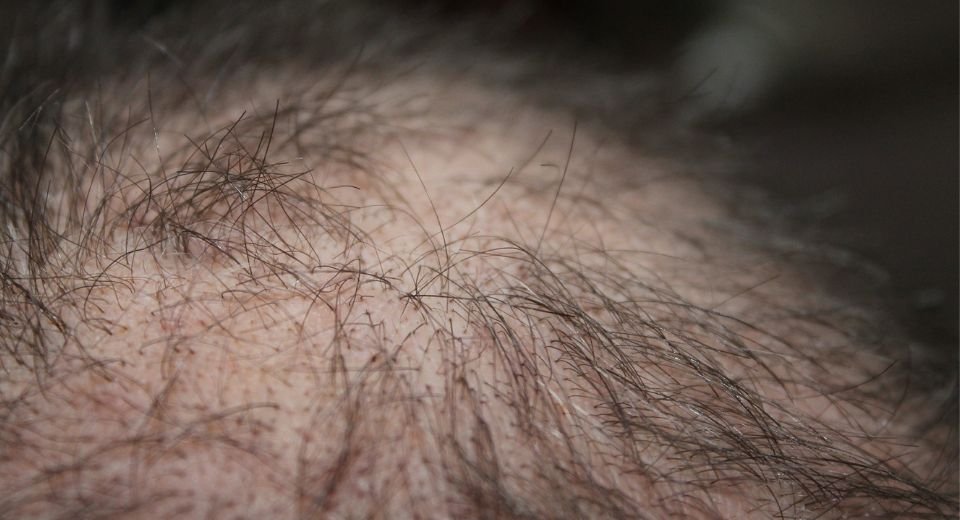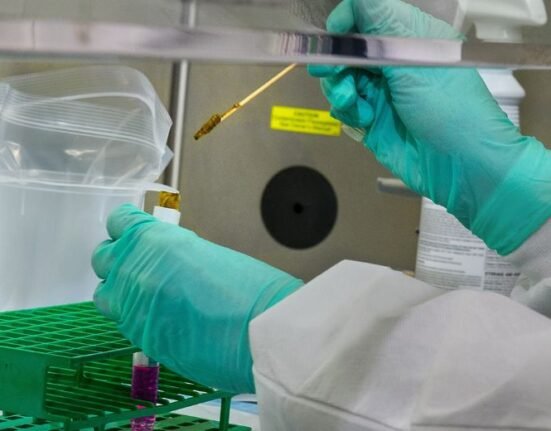HQ Team
November 4, 2022: Scientists from the Harvard Department of Stem Cell and Regenerative Biology in Cambridge, MA, in a mice experiment, discovered that chronic stress suppresses hair follicle cell activity.
According to the American Academy of Dermatology Association, it is perfectly normal for people to shed between 50 and 100 hairs from their heads every day. However, progressive thinning of hair and bald patches can be quite distressing.
There are many causes for hair loss. Most times it is genetic ( called androgenetic alopecia) . Other reasons can be:
- Stress from prolonged illness, work or relationship related and such. This kind of hair loss is known as telogen effluvium
- Some medicines also lead to hair loss—antidepressants, beta-blockers, blood thinners, cholesterol controllers and chemotherapy drugs.
- Dietary deficiencies of protein, iron, zinc or bison can also be a cause.
- Hormonal imbalance and thyroid problems can lead to hair loss.
- Autoimmunity can cause small patches on the scalp, eyebrows, or eyelashes, known as alopecia areata.
Scientists have made some progress in understanding how the various factors listed above cause hair loss, but till date no effective cure has been found.
Each hair follicle undergoes three growth phases: anagen, catagen, and telogen. The anlagen phase lasts from 2 to 7 years and the hair grows about a cm per month in this phase.
Then follows the gradual shedding in the catagen and telogen phases. It takes around four months for a new hair follicle to grow after hair fall.
The new study found that some stressors can prolong the telogen phase when the hair follicles remain inactive and hair loss continues for longer. The follicles remain stuck in the inactive, hair-shedding stage.
A stress hormone called corticosterone keeps the follicle stem cells inactive.
The absence of this hormone allows the stem cells to regenerate hair at regular intervals. By contrast, high levels of the hormone corticosterone, due to chronic stress, kept them inactive for long.
The researchers observed that the corticosterone acted on a cluster of cells under the follicle, known as the dermal papilla.
The stress hormone prevented the dermal papilla from producing a molecular signal called Gas6, which normally activates the follicle stem cells.
“Under both normal and stress conditions, adding Gas6 was sufficient to activate hair follicle stem cells that were in the resting phase and to promote hair growth,” says Dr. Sekyu Choi, who was the lead author of the study.
“In the future, the Gas6 pathway could be exploited for its potential in activating stem cells to promote hair growth,” he adds.
The research findings are published in Nature.








